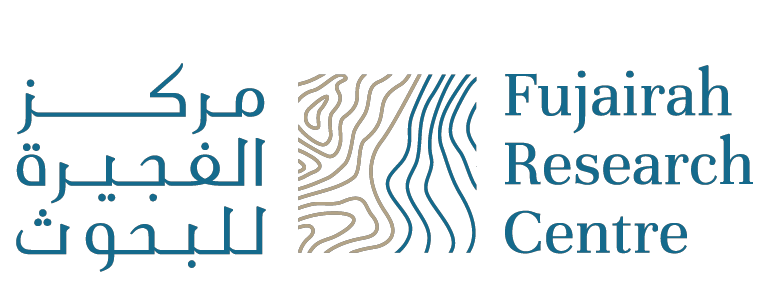
Estimation of gaseous pollutants and particulate matter concentrations in urban and suburban areas over Fujairah Emirate.
In a time of quick urbanization and industrialization, understanding and reducing air pollution has become a major global concern. Public health, environmental sustainability, and general quality of life are all significantly impacted by the declining air quality in urban and suburban areas. The goal of this study project is to thoroughly examine, measure, and compare the concentrations of the main air contaminants in a selected regions of the Fujairah Emirate in 2020-2023. The purpose of this study is to contribute to the larger global efforts aimed at improving air quality management by concentrating on the urban areas of Sakamkam and Al Halifat, as well as the suburban areas of Alqurayyah and Al Bithnah.
This study was motivated by the growing concern over the harmful consequences of air pollution on the environment and human health. In recent years, the Fujairah Emirate in the United Arab Emirates has experienced significant urban development and industrial growth. Understanding the extent of gaseous pollutants concentrations in various areas of the Emirate is therefore urgently needed. This study aims to shed light on the factors causing air pollution and provide solutions to lessen its effects by evaluating the air quality in both urban and suburban locations.
Exposure to pollutants like Carbon Monoxide (CO), Nitrogen Dioxide (NO2), Sulphur dioxide (SO2), and Ozone (O3) has been related to a variety of respiratory and cardiovascular diseases. Air quality has a significant impact on public health. Poor air quality has effects on ecosystems, climate, and general environmental stability in addition to harming human health. Given how linked the consequences of air pollution are on a worldwide scale, joint efforts are essential to creating efficient air quality control plans. This research contributes to a deeper knowledge of the dynamics of regional air quality by examining the levels of gaseous pollutants in the Fujairah Emirate. It also serves as a foundation for policy recommendations.
Fujairah is distinguished by its diversified geography, which includes coastal regions, mountains, and urbanized areas. It is noted for its gorgeous scenery and growing economy. Its air quality has been challenged by the city's growing urbanization, industrial activity, and vehicle emissions. This investigation attempts to explore the complex connection between the geographical features of the area and the dispersion of air pollution. In doing so, it aims to pinpoint geographic changes in air quality, assisting in the creation of focused initiatives to target pollution hotspots.
A universal problem that transcends national borders is air pollution. According to the World Health Organization (WHO), outdoor air pollution causes millions of premature deaths each year. Governments, organizations, and researchers from all over the world have realized how urgent it is to confront this situation and have put in place measures like higher emission limits and the promotion of eco-friendly transportation options. International collaboration accords, like the Paris Agreement, highlight the dedication to reducing climate change and raising air quality on a worldwide scale.
The research’s objective is to measure and estimate the concentrations of gaseous pollutants (CO, NO2, SO2, and O3) in urban and suburban areas of the Fujairah Emirate. This study looks at the spatial distribution and temporal trends of air pollutants with the goal of giving policymakers, environmental organizations, and the local community useful information. The ultimate objective is to contribute to broader global efforts to build healthier and more sustainable living environments by informing evidence-based decisions and strategies for improving air quality in the Fujairah Emirate.
